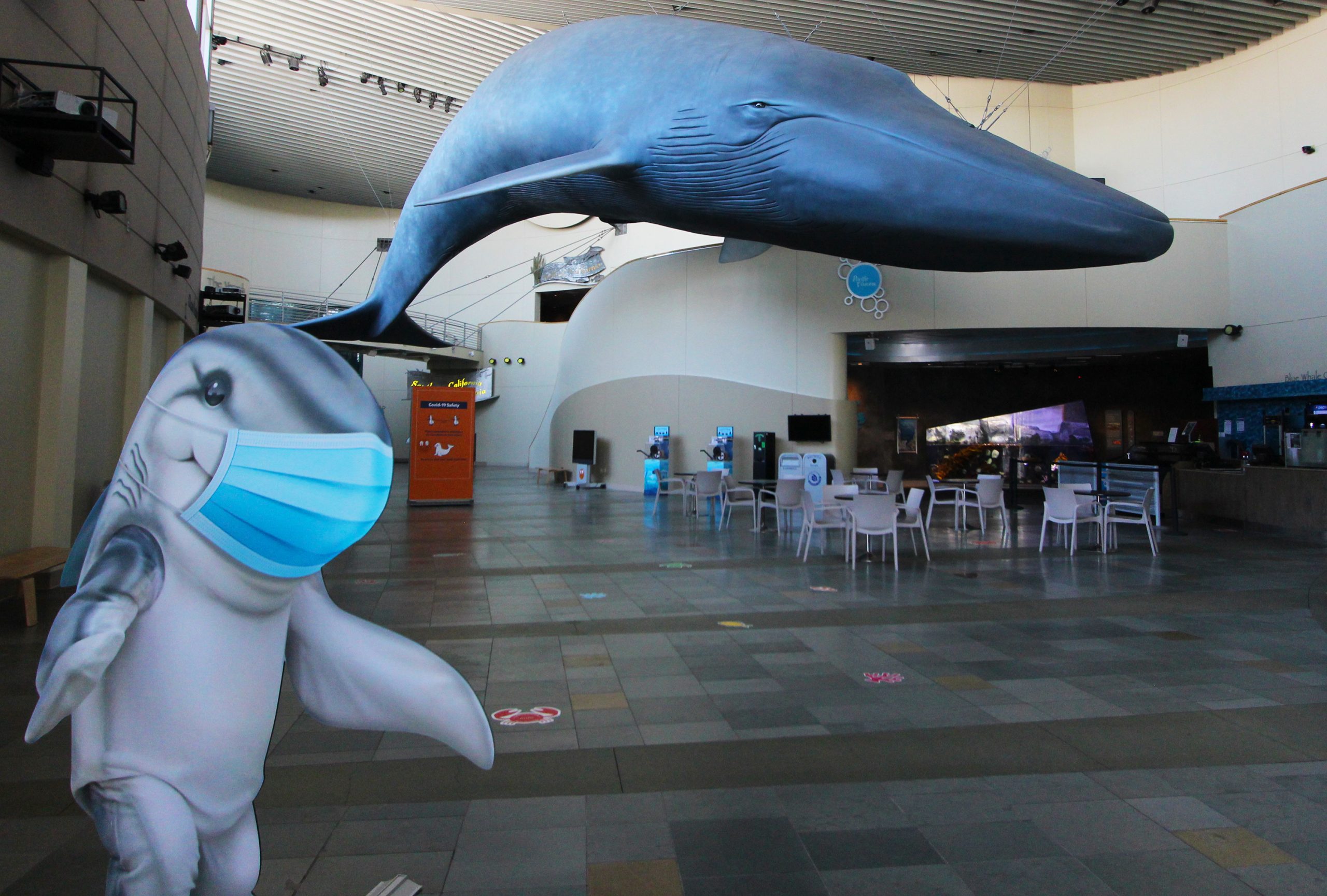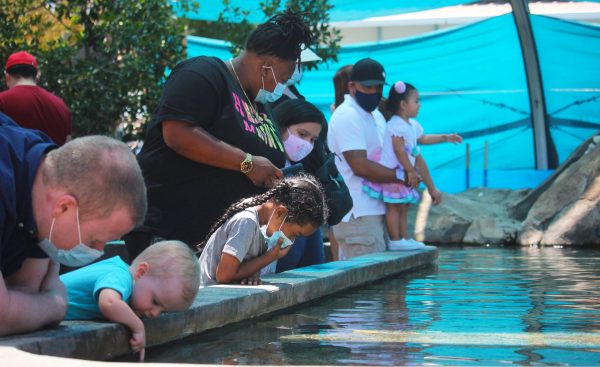
The Aquarium of the Pacific’s multi-million dollar expansion, Pacific Visions, celebrated its one-year anniversary with its doors closed. Its theater’s 300 seats sat empty and have remained so for much of the year—along with all the aquarium’s indoor exhibits—due to the coronavirus pandemic, which has put a severe financial strain on the city icon.
Aquarium leaders and staff started the year with high expectations—as the first full year with the expansion, attendance numbers were expected to exceed previous years. In fact, CFO Anthony Brown said the first two months of the year were 6% ahead of anticipated attendance and revenue.
“But then everything came to a screeching halt,” Brown said.
Following orders from Gov. Gavin Newsom, the aquarium closed its doors in March and remained shuttered until mid-June when it was allowed to reopen, inside and out, at 25% capacity. The aquarium remained fully open for a total of 19 days before being forced to shut down all indoor exhibits again in early July following rising COVID-19 hospitalizations.
The facility’s outdoor exhibits remain open to the public at 25% capacity.
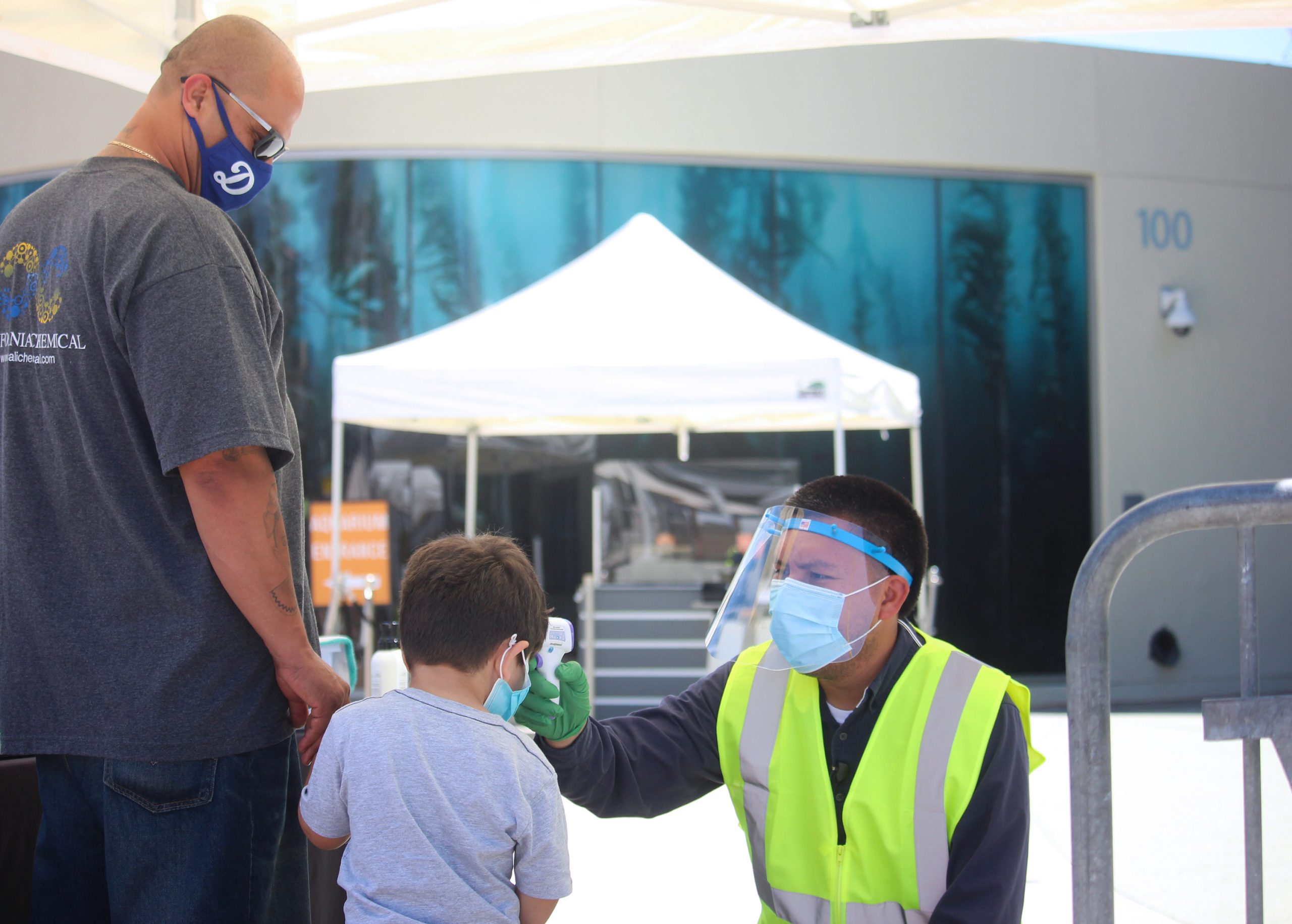
“We have all the safety measures in place: social distancing, online ticketing, a face mask requirement, temperature checks—everything we could think of,” Brown said.
The aquarium budgeted $38 million for operating expenses in 2020, with $2.6 million in projected unrestricted earnings that would then be reinvested into capital improvements. Following closures and restrictions, Brown said he is anticipating at least a $14 million shortfall.
Fortunately for the aquarium, there is some relief to its financial woes. Brown explained that the construction of Pacific Visions, which was delivered on time by Clark Construction and funded in large part through donations, came in $6 million under budget. With donor permission, the aquarium reallocated those funds to offset losses.
The aquarium also received a Payroll Protection Program loan, as part of the federal CARES Act, to the tune of $3.5 million. The aquarium is working to use as much of the loan for payroll expenses as possible, in order to maximize the amount of the loan that will be forgiven by the government, Brown said.
As part of its business model with the City of Long Beach, which owns the facility, the aquarium has an operating reserve of $5.8 million, Brown said, noting that those funds can be used to make up for the remaining losses. Earlier this year, the Long Beach City Council discussed a $2.2 million loan to assist the aquarium if necessary, an option that is still on the table, Brown added.
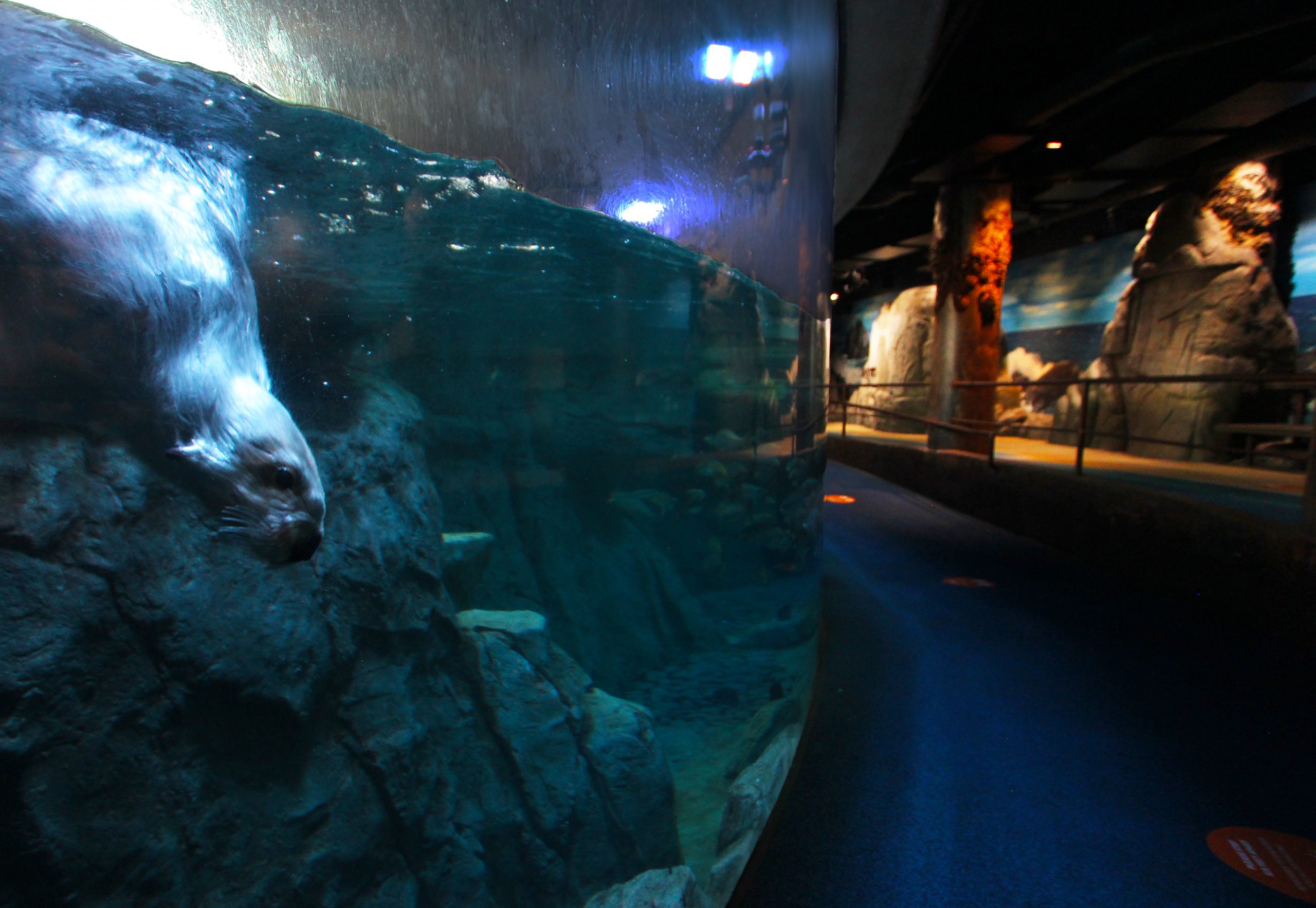
Despite its various relief funds, Brown said the “only thing that is certain is uncertainty.” He explained that the shortfall estimates are based on being able to reopen the interior by mid-September, which may or may not be allowed depending on the status of the pandemic. If the aquarium is forced to keep its interior closed, the financial strain will only be exacerbated.
“If we exhaust all our resources of cash, it will really leave us in a tough position next year,” Brown said. “It will definitely be a challenge.”
Average monthly operating expenses at the aquarium are about $3.17 million during a normal year. While monthly expenses have been reduced to about $2 million, most costs simply cannot be overlooked, while keeping the aquarium alive, both literally and figuratively.
“If one person comes in or if 10,000 people come in, the collection still needs fresh, clean water, they need food and they need care,” Brown said. “Running an aquarium doesn’t have a lot of variable costs that you can just lop off when attendance is down.”
On July 28, 1,200 people visited the aquarium, compared to 6,400 on the same day last year. On holiday weekends, such as Fourth of July, Brown said it is not unheard of for 11,000 people to visit the aquarium on a single day, a prospect that is out of the question for the foreseeable future.
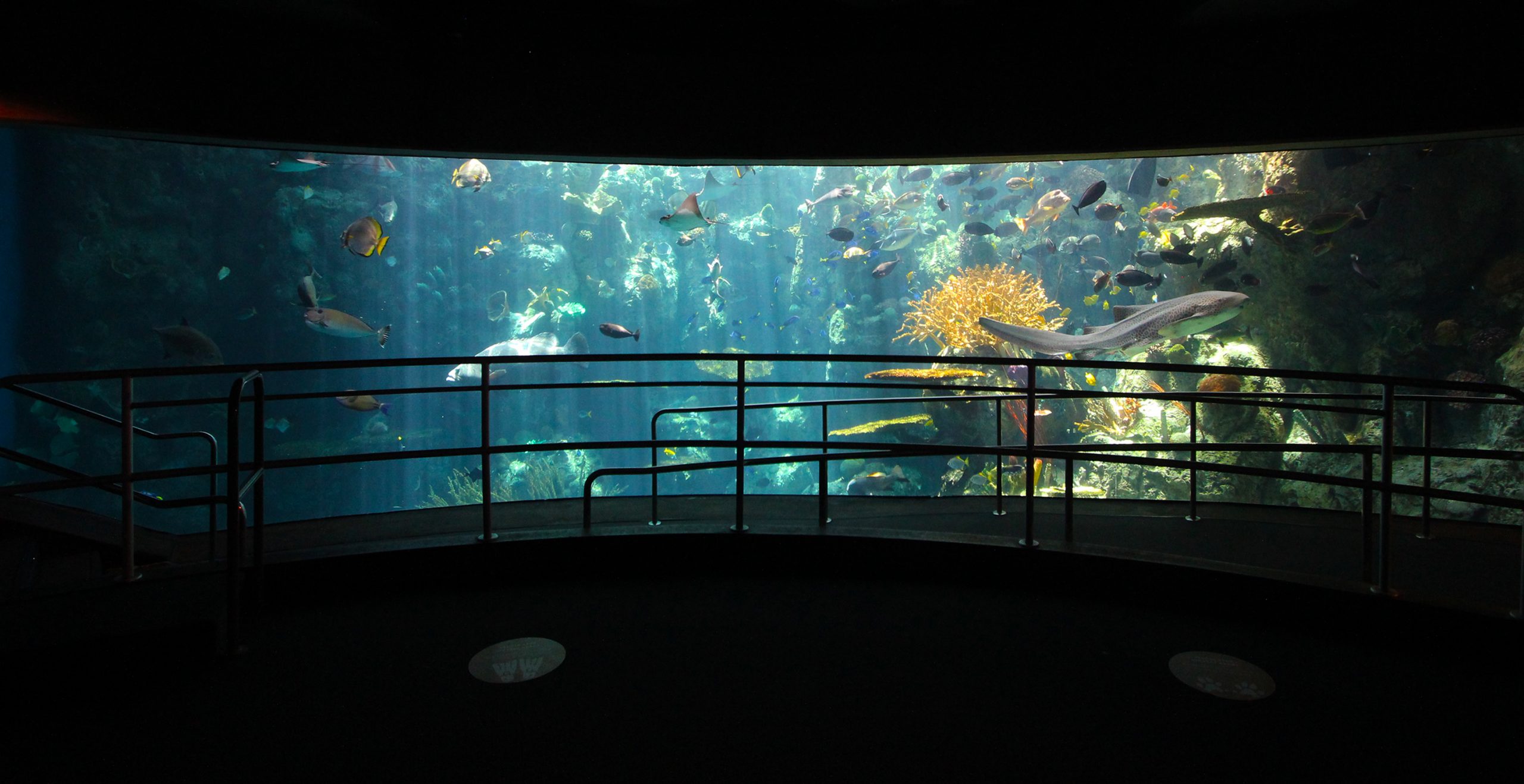
The aquarium projected a total of 1.66 million visitors for the year, with the summer months being the busiest, but now Brown said they will be lucky if they reach 700,000. In addition to drastically reduced attendance numbers, the price of admission has been cut by two-thirds since most of the attractions are not open.
During the summer months, the aquarium would normally have about 400 staff, which includes seasonal hires. After 82 layoffs and 100 furloughs, Brown said staffing is little over 200.
“We’re in a critical situation,” Brown said. “The big thing for us is to remain an aquarium that is recognized nationally, not just for our great collection, but for the topics and information we bring to the forefront on climate change and sea level rise. The Aquarium of the Pacific is a very special institution and it’s something the city should be really proud of.”
